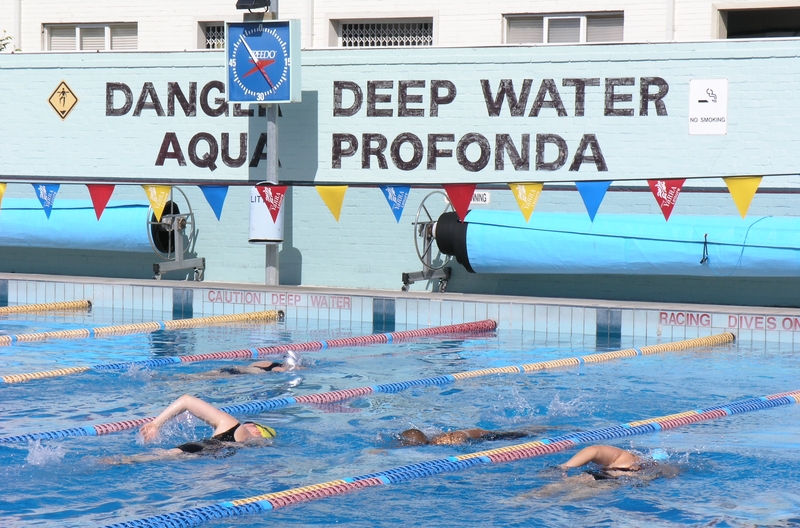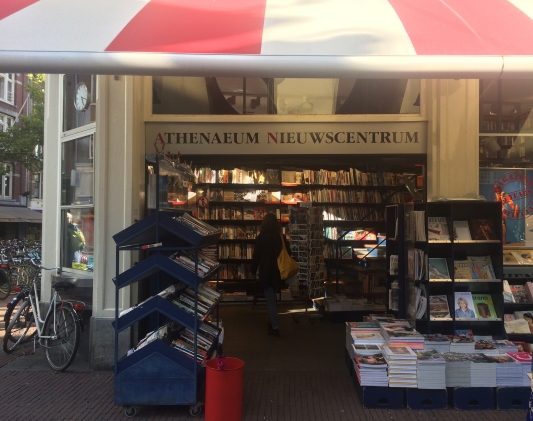
This piece of writing was presented as a speech. It was written to ask questions rather than offer solutions. It’s purpose is to begin to understand the definition of culture, cultural identity, art and the arts when it comes to policy writing and development. It is purely a personal observation of my time living in Saigon, witnessing the challenge surrounding a developing nation’s cultural identity. The who are we, how are we communicating this and where have we come from? Questions that are met with confusion among the Vietnamese and perhaps clouded by a sense of Singaporean and American envy. The questions are not easily answered.
” My name is Zoe Keystone and I am going to talk about living in a city where cultural policy development is not a priority.”
I lived in Saigon for two years while teaching Art at an international school. The city is developing at an incredible rate. In the time I was there I watched the construction of a subway, multiple high rise apartment blocks and plans for the development of the Thu Thiem marina.
As a westerner I couldn’t help notice a lack of arts and cultural opportunities in a city as diverse and vibrant as Saigon. It was devastating to see French colonial buildings in District 1 marked for demolition with a red X. Buildings that help us understand the past as we look towards the future. The plans for the marina included a safari park, a water park and a shopping mall and had zero indication of public art, green space or even a museum or gallery. Vietnam’s development seems urgently driven by Singapore envy or worse still American envy.
In Australia we rely heavily on government and Australia Council grants and funding opportunities. In fact as artists, arts managers and art institutions we compete with one another for the funds. We are not necessarily a united “industry.” However it was evident in Saigon and Vietnam that if you wanted to start something creative you had to find a way to do it yourself. The expectation that the government funded arts and culture was not even a consideration. Private enterprise was a clear measure of success.
Apart from the big annual new year Tet flower show and festivities, street food tours and traditional lacquer and hand crafts being sold in dozens upon dozens of markets it was clear that cultural offerings were purely for economic gain. There was a perceived consumerist agenda. The magnificent Opera House has been offering the same program night after night for many years. I watched the government threaten closure of artist run space San Art on the basis of being controversial. The Ho Chi Minh City museum of fine arts is in desperate need of a conservation team to maintain and repair damaged artwork to ensure their survival.
However, it wasn’t all bad, there was some tiny signs of understanding the way cultural and creative industries can generate both economic and cultural value. In District 2 a predominately expat neighbourhood I saw the construction of a wonderful gallery and workshop space The Factory dedicated to contemporary Vietnamese arts development, challenging the current social systems.
So who is responsible for this perceived lack of cultural development in Vietnam? In Australia, we’re likely to point the finger at the government, policy makers and art haters. Consider the $1.41 billion development at Thu Thiem marina in Saigon, imagine if it was the responsibility of the corporate developers to provide some arts and cultural opportunities as part of the plans. They are certainly wealthy enough to fund an arts and cultural enterprise. Would it generate wealth and income in the same way as a safari park or shopping mall would? Or could the value be measured by the way it communicates social meaning, values and aspirations. It’s hard to compare Australia to Vietnam as the economies are extraordinary different. However I feel that if a company has massive plans for development approved someone needs to ask what cultural opportunities are you offering?



















































